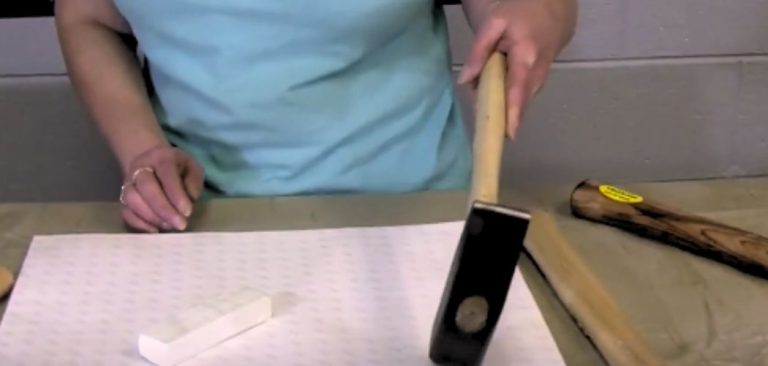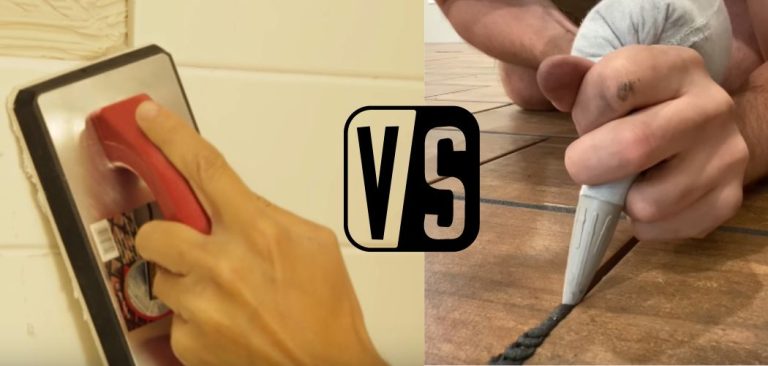“Mastering Tile Work: The 6 Essential Grout Float Types You Need to Know”
Immerse yourself in the nuanced world of grout floats to elevate your tile installations to an art form. This comprehensive guide transcends the basics, offering a profound understanding of various grout float types and their applications.
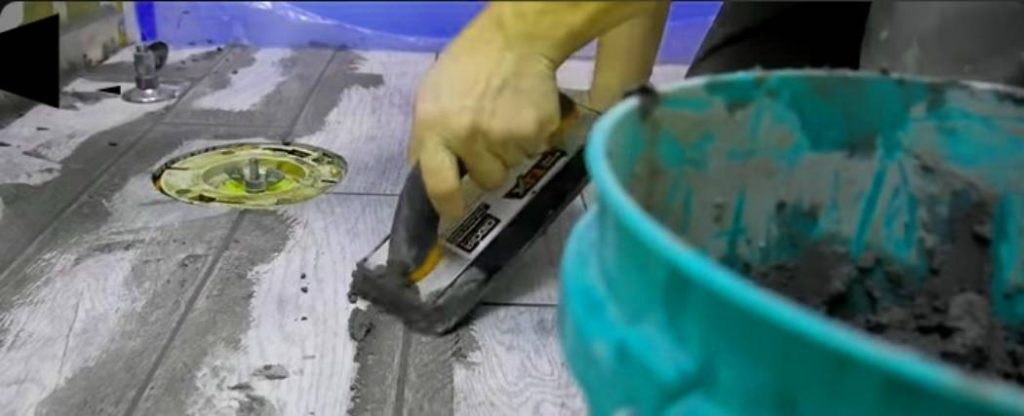
Explore the considerations differentiating good projects from exceptional ones, ensuring your tiles radiate craftsmanship that truly stands out.
Why Do Grout Floats Use?
Grout floats are essential tools in tile installation, spreading grout evenly, pressing it into joints, and smoothing surfaces. A flat, rubber or foam surface ensures precise application and effectively removes excess grout.
These floats play a vital role in achieving a polished, professional finish by creating smooth, durable grout lines between tiles, enhancing aesthetics and functionality.
Grout Float Types in Material Based and Their Ideal Application?
My friend Riday is a tile mason. He has been working on tile projects with expertise for five years, I worked as his assistant. In that light, I describe which type of grout float is ideal for which type of project:
Rubber Floats:
Material: Usually made of natural rubber.
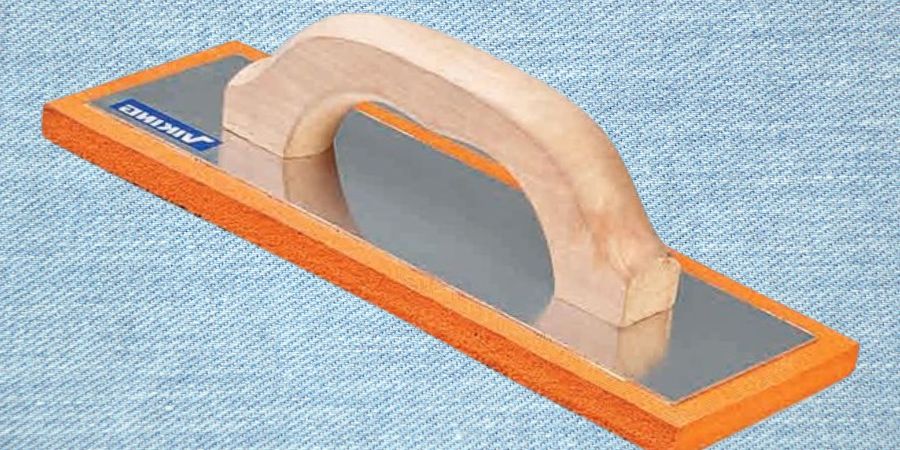
Ideal Application: Ideal for spreading sanded and unsanded grout evenly between tiles. The flexibility of rubber allows efficient grout application on surfaces with slight irregularities. It is suitable for most ceramic and porcelain tiles.
Foam Floats:
Material: Made from foam or sponge-like materials.
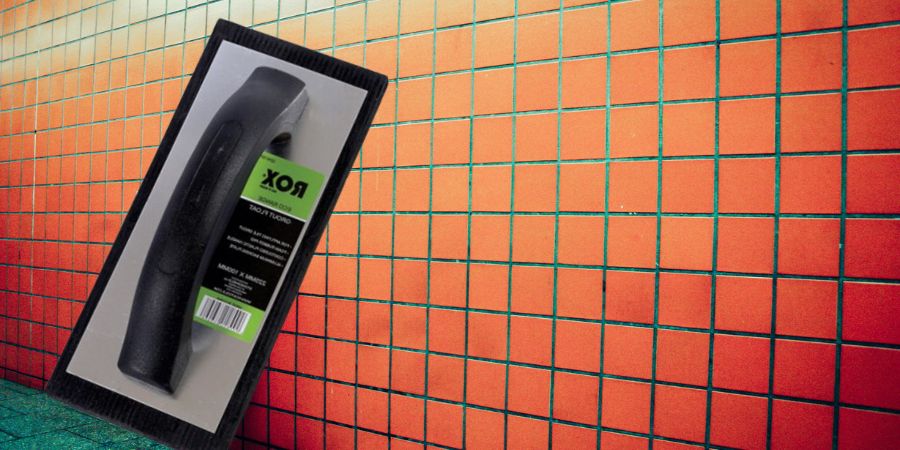
Ideal application: suitable for delicate tiles such as glass and soft stone. The softness of the foam prevents scratches and damage during grout application. Foam floats are also useful for removing excess grout without damaging the tile surface.
Urethane Grout Floats :
Material: Suitable for hard materials and designed for urethane grout.
Ideal Application: Used to spread urethane grout, which may contain silica and recycled glass. It is ideal for scratch resistance on soft tiles. Suitable for both sanded and unsanded grout applications. The choice between the two often comes down to personal preference regarding handling design.
Hard Rubber or Plastic Floats:
Material: Made of hard rubber or plastic.
Ideal application: Suitable for jobs requiring more pressure, such as pushing grout into deep joints or finishing grout in large tile installations. Effective for use on rough stone surfaces and scratch-resistant tiles.
Epoxy Grout Floats :
Material: Specially designed for epoxy grout, often made of hard rubber.
Ideal Application: Best for spreading thick and sticky epoxy grout. Hard rubber resists adhesion to epoxy, allowing for controlled application. The small size makes it easier to use, especially in tight spaces.
margin style grout float:
Crafted from high-quality materials, the margin style grout float excels in precision tile work on vertical surfaces. Its slim design, often featuring a durable rubber or dense foam surface, navigates tight spaces and intricate corners with ease.
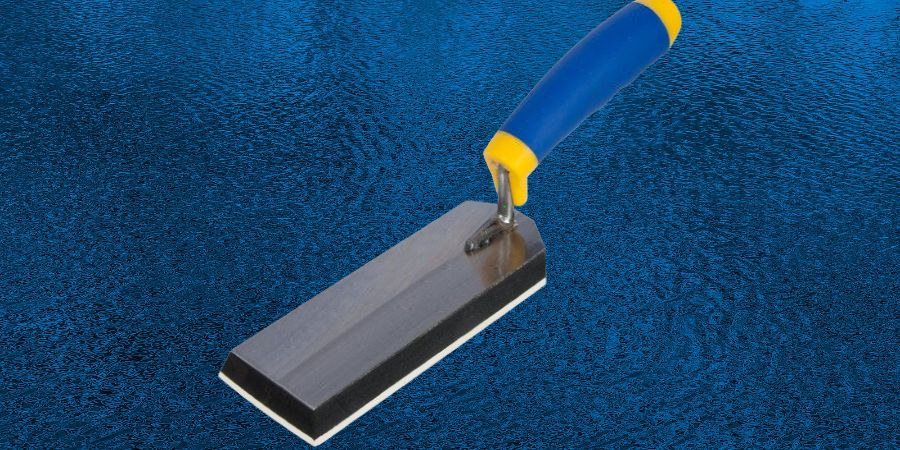
Ideal for mosaics and various tile types, this float ensures clean finishes. Craftsmen appreciate its versatility, making it an essential tool for maintaining a professional look in challenging tile installations.
Each type of grout float serves a specific purpose, ensuring optimal results based on the characteristics of the tile and grout used in a particular installation.
What Things Should You Consider When Choosing a Grout Float for Your Project?
Choosing the right grout float is crucial for a successful tile installation. Consider the following factors when selecting a grout float for your project:
Tile Type:
Material: Different tiles (ceramic, porcelain, natural stone) may require specific grout floats. Softer tiles may benefit from softer floats to avoid scratching.
Grout Type:
Sanded vs. Unsanded: Match the grout float to the grout you use. Sanded grout typically requires a harder float, while unsanded grout may work well with a softer float.
Float Material:
Rubber: Common for general tile projects. Provides flexibility for even grout application.
Foam: Ideal for delicate tiles like glass and soft stones, as it’s less likely to scratch surfaces.
Hard Rubber or Plastic: Suitable for rough stone, hard tiling, and tasks requiring more pressure.
Handle Design:
Ergonomics: Choose a grout float with a comfortable and ergonomic handle. This reduces fatigue during extended use and allows for better control.
Grip: Ensure the handle provides a secure grip to prevent slippage.
Float Size:
Large vs. Small: Consider the size of the tiles and the grout lines. Larger floats are efficient for larger tiles and areas, while smaller floats are suitable for intricate work or tight spaces.
Application Type:
Standard Float: Suitable for most general grouting tasks.
Margin Trowel Style Float: Useful for reaching tight or difficult areas.
Toe-Kick Float: Designed for easy access to low or hard-to-reach spaces.
Project Size:
Durability: Consider the durability of the grout float, especially for larger projects. High-quality floats may cost more initially but can withstand multiple jobs.
Ease of Cleaning:
Non-Stick Properties: Some floats have non-stick properties, making it easier to clean off excess grout during the application.
Specialty Floats for Epoxy or Urethane Grout:
Epoxy Grout Floats: Choose a grout float specifically designed for epoxy grout. It should resist sticking to the epoxy and facilitate smooth application.
Urethane Grout Floats: Opt for a float suitable for urethane grout, especially if the grout contains materials that can scratch softer tiles.
Budget:
Balancing Quality and Cost: While budget is a consideration, investing in a high-quality grout float can contribute to a smoother and more efficient grouting process.
By considering these factors, you can select a grout float well-suited to your specific project requirements, ultimately contributing to a successful and professional-looking tile installation.
Pros and Cons of Using Grout Float?
Grout float has some advantages and disadvantages. I am going to discuss some of their advantages and disadvantages below.
Pros:
Even Application: Grout floats are designed to spread grout evenly over the surface of tiles, ensuring a consistent and professional-looking finish.
Effective for pressing grout into joints: The flat, rubber or foam surface of the grout float is useful for pressing grout into joints between tiles, preventing air pockets and ensuring thorough coverage.
Excess Grout Removal: Grout floats help remove excess grout from the tile surface. They help achieve clean and well-defined grout lines.
Smoothing Grout Lines: Grout floats with bevelled edges or corners allow precise detailing and smoothing of grout lines, improving the overall appearance of tiled surfaces.
Versatility: Grout floats come in various varieties suitable for different tile materials and grout types, making them versatile tools for various tile installation projects.
Ease of Use: Grout floats are generally easy to use, even for people with limited experience in tile installation. They contribute to the efficiency of the grouting process.
Cons:
Potential for scratching: If not carefully selected, grout float material can scratch certain tile surfaces, especially soft materials such as marble or glass.
Limited to horizontal surfaces: Grout floats are primarily designed for horizontal surfaces. Different tools may be required for effective grout application for vertical surfaces, such as tiled walls.
Cleaning Challenges: Cleaning the grout float during and after use can be challenging, especially if the grout has been set on the surface of the float. Some floats may have a non-stick feature to solve this problem.
Not Ideal for Small or Irregular Spaces: Using a grout float can be challenging in small or irregularly shaped spaces. Complex details may require special tools or small floats.
Can Contribute to Haze: If excess grout is not removed quickly, it can dry on the tile’s surface, resulting in a hazy appearance. Proper cleaning techniques are essential to avoid this problem.
Limited control in tight spaces: In confined or tight spaces, precise control can be difficult to achieve with standard grout floats. Margin trowel-style floats or smaller floats may be more appropriate.
While grout floats are essential tools for many tile installation projects, it’s important to consider the specific needs of your project and choose the right type of grout float to minimize potential errors.
What Kind of Grout Application is Ideal for a Grout Bag?
Grout bags are ideal for precise grout application in tight spaces. Use a grout with a flow-friendly consistency, avoiding large aggregates to prevent nozzle clogs. Both sanded and unsanded grouts work, depending on joint width.
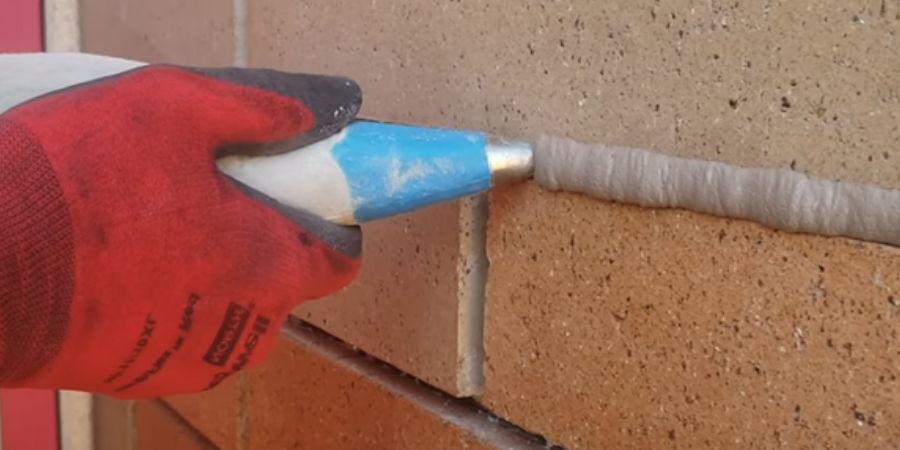
Follow the manufacturer’s guidelines for preparation, cleaning, and nozzle size. Ensure colour consistency for a seamless finish, and choose a grout that aligns with project requirements for flexibility and adhesion.
FAQs
What Are the Main Types of Grout Floats Based on Material, and When Should Each Be Used?
The main types include rubber floats (for general use), foam floats (for delicate tiles), and hard rubber or plastic floats (for rough surfaces). Choose based on tile material to avoid scratching and achieve optimal results.
Are There Specialized Grout Floats for Epoxy and Urethane Grouts?
Yes, floats are designed specifically for epoxy grout, such as the MWI Yellow Epoxy Float. For urethane grout, versatile floats like MWI Premium 4″ x 9″ and Barwalt UWF-2 work well.
Can Grout Floats Be Used for Vertical Surfaces Like Tiled Walls?
Grout floats are primarily designed for horizontal surfaces. Use alternative tools such as margin trowel-style floats or smaller floats for vertical surfaces.
Are There Budget Considerations When Choosing a Grout Float?
While budget is a consideration, investing in a high-quality grout float is advisable for smoother and more efficient grouting. High-quality floats may cost more initially but can withstand multiple jobs.
Conclusion:
Crafted from Ridoy’s seasoned expertise and my meticulous research, this article is a vital resource for those immersed in tile work. Delve into grout floats, gaining insights that elevate your craft. If you find value in this guide, consider sharing it with peers. Your opinions are valued—share your thoughts below.
Read also:-

